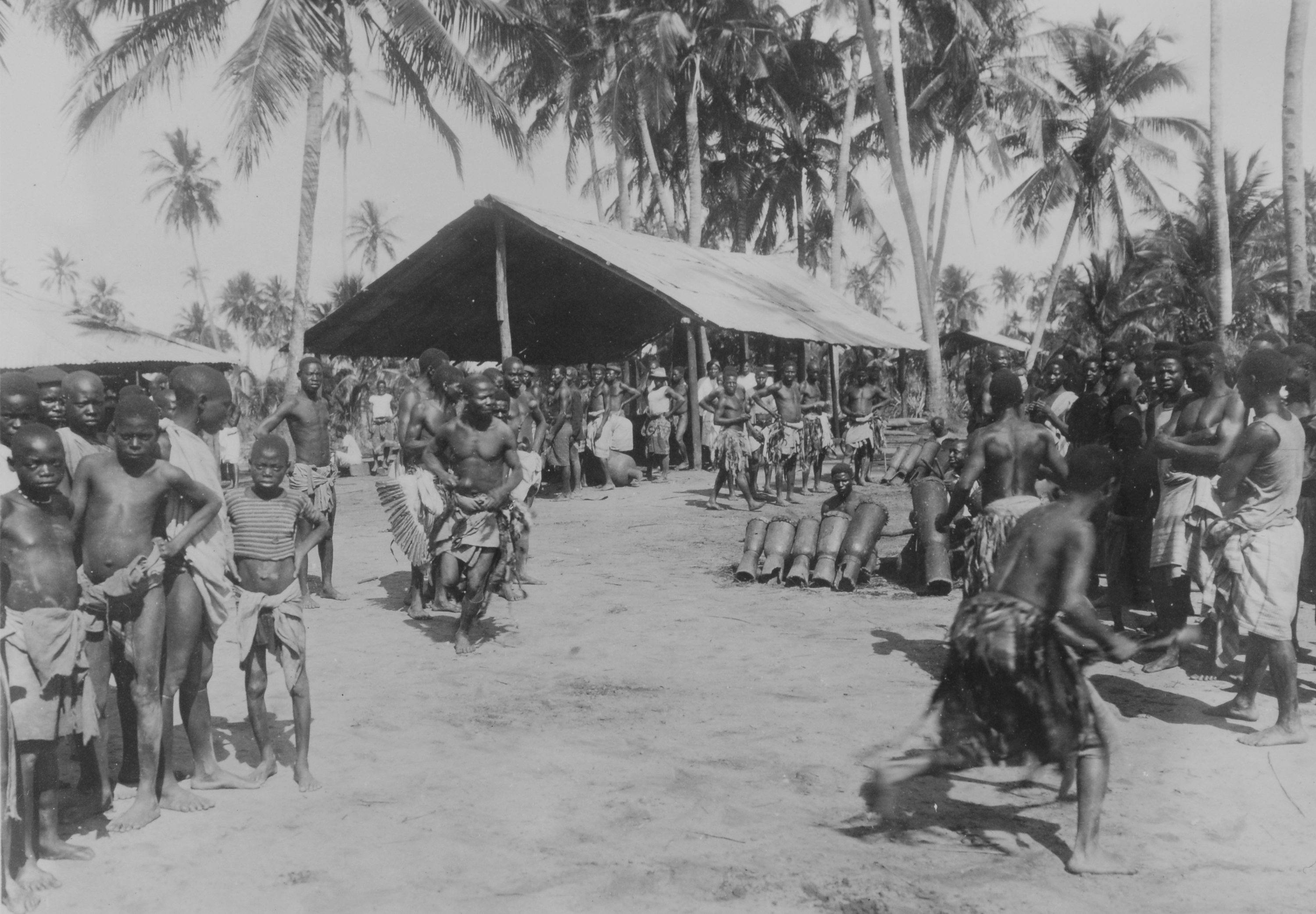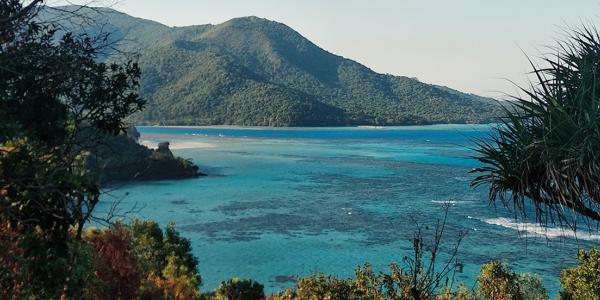Interview with Faculty Fellow Patrick Burke
During the late 19th and early 20th centuries, Norway’s dominion on the high seas far exceeded the influence its relatively small population of 2 million might suggest. Buoyed by the country’s massive shipping fleet — the third largest in the world, after those of the United States and the United Kingdom — Norwegian sailors, businesspeople and missionaries moved and settled throughout Asia, Africa and Oceania, says Patrick Burke, a Faculty Fellow in the Center for the Humanities and associate professor of music. “These travelers and expatriates encountered a wide variety of unfamiliar musical traditions, and their responses helped to create Europeans’ understandings (and misperceptions) of the music of the global South.” Burke explores their experiences of this new “world music” in his book-in-progress, “Sounding the Seven Seas: Norwegian Ships and ‘World Music’ at the Margins of Empire, 1850–1950.”
What will this project add to your field, what gap does it fill? What insights does the lens of ethnomusicology provide?
Recently, many ethnomusicologists have begun to consider music through the lens of world history, thinking beyond genres and neatly bounded “cultures.” By studying a network of colonies and ports rather than a single musical tradition or geographic area, I hope to demonstrate how music and ideas about it were created through a process of constant flux and exchange across borders.
How did you come to this research idea?
During 2013–14, I lived in Oslo for a year because my wife (Flannery Burke, professor of history at Saint Louis University) had a Fulbright fellowship, and I tagged along during my sabbatical. I didn’t know much about Norway before we arrived, but I was delighted by Norway’s natural beauty and friendly people, and at the end of the year I promised myself that I’d return soon. I was also fascinated by the country’s relatively recent history of immigration. Thirty percent of Oslo’s residents are immigrants or children of immigrants, many from Pakistan and Somalia. Debates over immigration, race and culture abound in contemporary Norway, and my project examines the early history of such debates.
How were Norwegian maritime interests different from other European countries? What was Norway’s relationship to colonialism?
Although Norway, both during and after its union (1814–1905) with Sweden, was not itself a colonial power, its ships played a key role in sustaining colonial networks of trade and migration, and its entrepreneurs benefited from extractive and exploitative colonial practices. In short, Norwegians weren’t precisely colonialists, but their labor and capital was essential to the colonial powers. Conventional accounts of Norway’s history have tended to ignore or downplay Norway’s connections to colonialism, an oversight that my project will help to correct.

What music and cultures were these Norwegian seafarers encountering? Where did they go, and what did they hear? How were they involved in developing “world music”?
When I say that Norwegians helped to establish “world music,” I’m using that term to refer to an idea rather than a set of particular musical styles or genres. The Age of Empire informed the creation of modern musicology in Europe, including ethnomusicology’s immediate ancestor “comparative musicology,” which concerned itself with so-called primitive and exotic musical traditions. Norwegians were involved both in collecting ethnographic information about non-European musics and in constructing an understanding of those musics as linked by their difference from, and presumed inferiority to, those of Europe.
What sources are you looking at?
Norwegians wrote firsthand accounts of colonial musical encounters. Whalers kept diaries while consular employees maintained official records. Sailors wrote letters about their experiences to their families in Norway. “Adventuring” journalists provided sensational profiles of unfamiliar lands and people for a fascinated Norwegian public. While I will draw directly on the accounts of non-Norwegians whenever possible, I intend also to read Norwegian texts both “across and against the grain” to try to access indigenous perspectives unavailable in more conventional records of imperialism. Although the pandemic led me to cancel a planned research trip to Norway this summer, I’ve been able to conduct significant research this semester thanks to the digitization of newspapers and photographs by Norwegian archives and museums.

Can you share an example of Norwegian sailors interacting with this “world music”?
Colonial authorities sometimes enlisted groups of African musicians to greet emigrants as their ships arrived in port. For example, in 1882, a shipload of Norwegians arriving in Durban, South Africa were greeted by an enormous ensemble of 400 musicians and dancers who performed what observers described as a frightening “war dance.” This label probably says more about Norwegians’ stereotypes of Africans than it does about the music and dance that they actually observed. Although music had the potential to demonstrate a common humanity shared by Norwegians and others, at the same time the music of colonized people could serve as an emblem of fear and exoticism, as in the frightening but titillating sounds of this purported war dance. I hope to uncover the real music and musicians behind such stereotypes, while at the same time acknowledging the unfortunate power of the stereotypes in shaping Norwegians’ views of non-European societies.
Headline image: “Little view of karimun jawa,” Karimun Jawa Island, Jepara Regency, Central Java, Indonesia, by Yohanes Dicky Yuniar via Unsplash.





